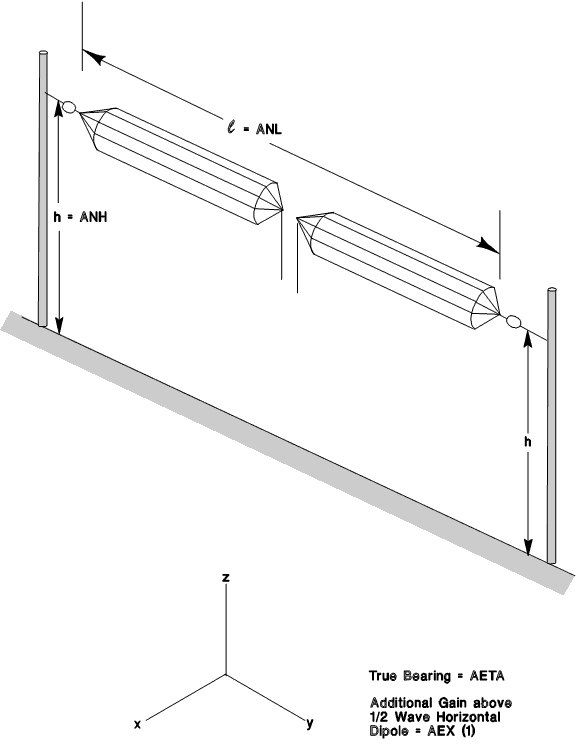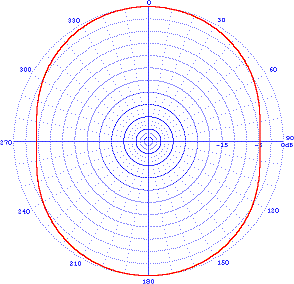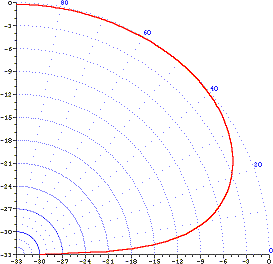The horizontal dipole antenna is very simple to construct and an effective performer.
A center-fed half-wave dipole consists of a straight wire, one-half wavelength long and fed in the center.
A half-wave dipole is just one form a dipole can take. Actually, a center-fed dipole can be any length electrically, as long as it is configured in a symmetrical fashion with two equal-length legs.
The horizontal dipole antenna is a directional antenna.
In general, the greater the length of a center-fed antenna, in terms of wavelength, the larger the number of lobes into which the pattern splits. A feature of all such patterns is the fact that the main lobe - the one that gives the largest field strength at a given distance - always is the one that makes the smallest angle with the antenna wire. Furthermore, this angle becomes smaller as the length of the antenna is increased.
The polarization of a horizontal dipole antenna is horizontal.



